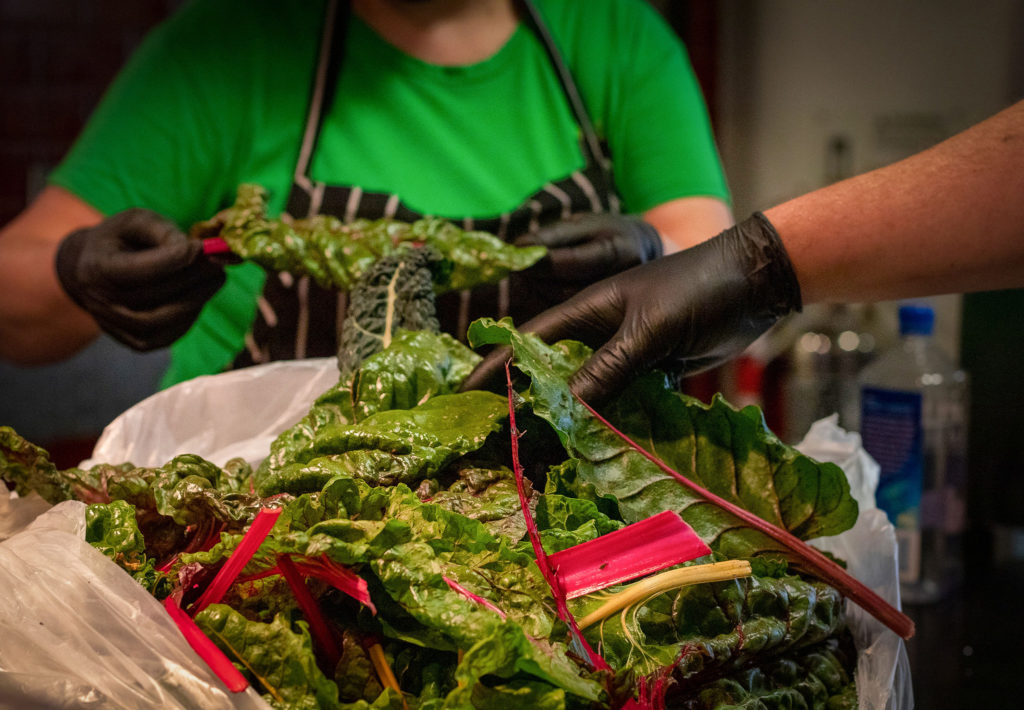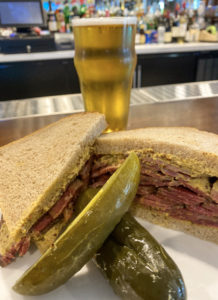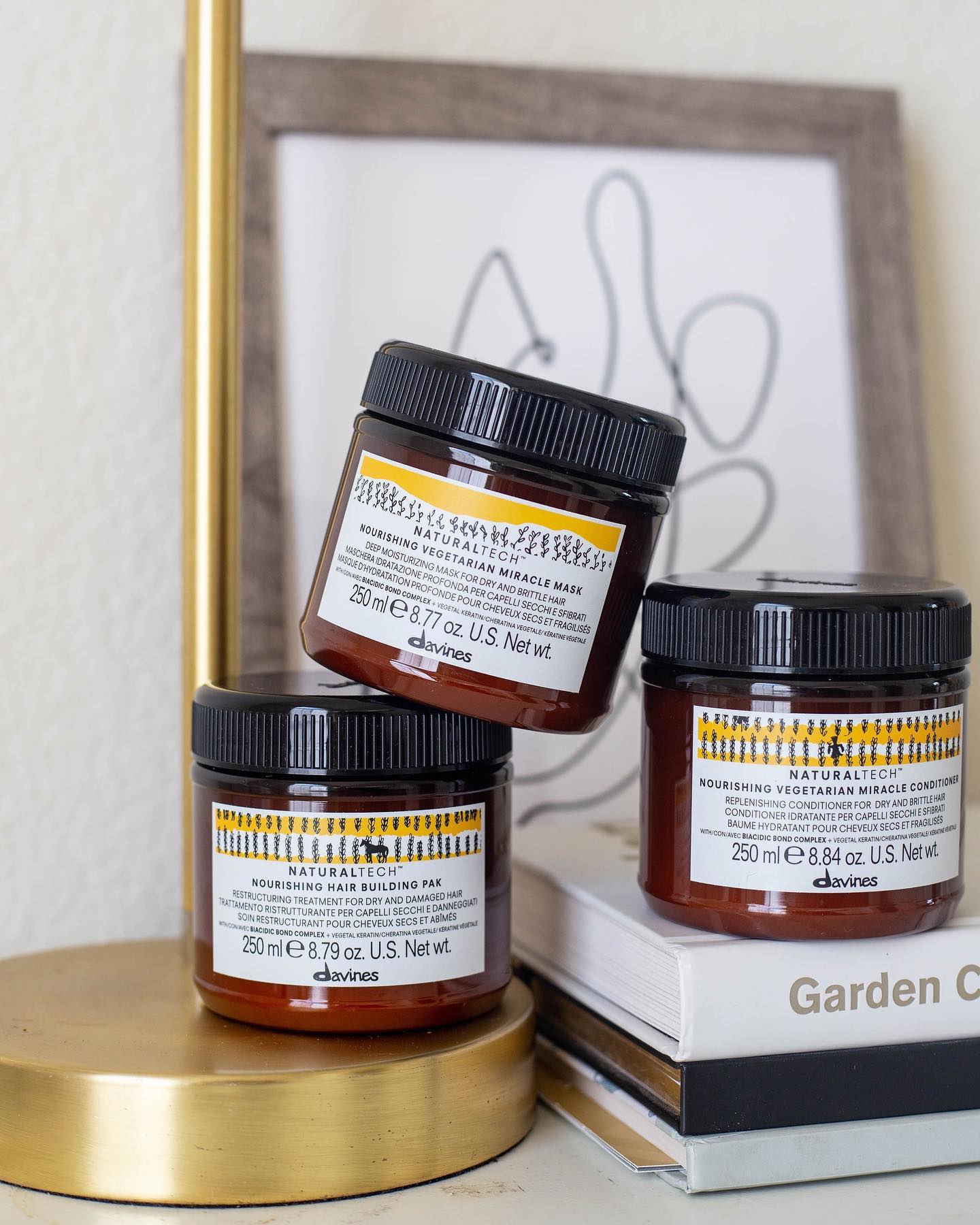The Queen of Pork is now the Queen of Glean. Popular local chef and Food Network regular Duskie Estes has swapped her knife and chef’s whites for a long-poled fruit picker and mud boots as the new executive director of Farm to Pantry.
Best known for her pork-centric restaurant, Zazu, and television appearances on “Diners, Drive-Ins and Dives”, “Guy’s Grocery Games” and “Next Iron Chef”, Estes says she jumped at the chance to lead the nonprofit’s efforts to get thousands of pounds of fresh produce into the hands of locals.

Using a method called “gleaning” (a fancy word for collecting), Farm to Pantry volunteers harvest the unloved fruits of ornamental plantings, rampant tomato patches, prodigious plum trees and farm fields with a few straggling potatoes — with owners’ permission of course. Since 2008, the Healdsburg agency has donated more than 237 tons of produce from the fields, farms and backyards of Sonoma County.
During shelter-in-place orders, that mission has expanded to entire lemon orchards and over-produced vegetables that farmers would otherwise simply till over due to lack of workers. With food pantries overtaxed, it’s a win-win.
“Witnessing both the urgent need for food with unemployment numbers hitting those we saw in 1940 and farmers in a harvesting and distribution ‘pickle,’ I see the Farm to Pantry nonprofit model as a remarkable answer to arrest food waste,” said Estes, of the growing non-profit.
It’s a natural fit for the longtime advocate for small farmers, sustainable agriculture and combating food insecurity. But now, instead of cooking that food, she’s picking it.
“Today we went to pick orange trees. We got 20 boxes that were about 30 pounds each at just two private residences,” said Estes, in her first official week as director. Since then, she’s been an almost daily presence on the front lines of her agency’s food recovery efforts as she settles into the role.
“It drives me crazy to know there are oranges, greens and other produce being abandoned out there when there are hungry mouths to feed,” she said.
It’s estimated that in the U.S., an average 40 percent of all food is wasted, mostly going into landfills.
“There are crops with rotting produce due to lack of farm staff to harvest them and lack of buyers for harvested food; perishable foods are being outright discarded because they are not picked in time or go unsold before its expiration date. All this is occurring at a time when there is a massive increase in American citizens needing food assistance. Food banks and pantries are running out of food, unable to keep up with the spike in demand,” said Estes.
Estes spent many years in the non-profit world before becoming a Sonoma County food-lebrity. In the early 1990s, she launched a chef-run culinary program for low-income families that taught basic skills for cooking on a budget. Continuing that program in Seattle, she met celebrated chef Tom Douglas and began working at restaurants including Palace Kitchen, while continuing her non-profit work. She also ran the kitchen at Glide Memorial Church, making up to 3,000 meals a day for the San Francisco shelter.
Zazu Restaurant and Farm closed in 2019 after flooding destroyed their restaurant. Estes and her husband John Stewart continue to operate the Black Piglet food truck and Black Pig Meat Company. In 2011, Duskie and John were named the King and Queen of Pork at a national chef cook-off.


















